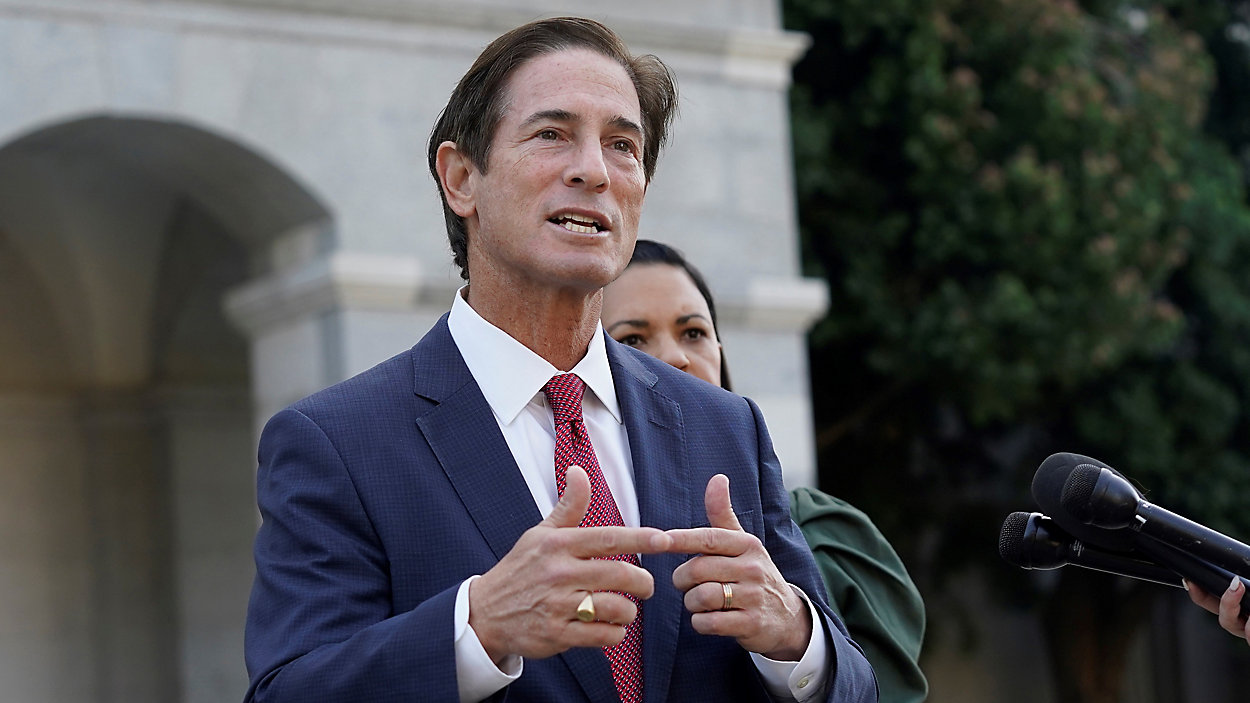Dive Brief:
The University of Oregon is laying off another roughly 60 employees in an ongoing budget-cutting effort, according to the public institution’s senior leaders.
This will bring the total to 117 staff, faculty and high-level administrators laid off across the university, with about half having been let go earlier this year, university President Karl Scholz and Provost Christopher Long said in a community message on Monday. That’s on top of 59 vacant positions that were eliminated.
The cuts are part of a push to close a projected $25 million to $30 million deficit in the university’s fiscal 2026 general and education budget driven by rising costs, falling out-of-state enrollment, federal policy uncertainty and other pressures.
Dive Insight:
This year’s cuts to the University of Oregon’s workforce, including those announced Monday, are expected to save $29.2 million. Administrators also identified $4.3 million in cuts outside of personnel, such as supply costs.
The workforce cuts include 20 faculty layoffs and the elimination of 14 vacant tenured faculty roles, according to Scholz and Long. No tenure track faculty were laid off. Nor were degree programs eliminated, the pair noted, attributing this outcome to “careful consultation with deans, department heads and the University Senate.”
The layoffs have fallen most heavily on staff and administrators, whose ranks were reduced by 49 and 42 respectively, according to the university. Each group also saw 21 vacant positions eliminated.
Those details come not long after the national American Association of University Professors denounced the University of Oregon’s leadership for “inadequate” faculty involvement in the decision process leading to the expected additional cuts. The organization called the plan an overreaction to a projected deficit.
The United Academics of the University of Oregon, a union representing faculty, researchers and librarians, has also called out leadership for making “hasty, irreversibly damaging cuts” to deal with budget shortfalls.
The union has advocated for alternatives to layoffs, such as salary cuts for highly paid administrators, buyouts, freezes to administrative hiring and transferring money from the athletics department budget to the university. The university has declined to take such actions, however, saying they would “only result in temporary cost savings.”
About four months ago, Scholz and Long portended the more dramatic, structural changes to come in a “difficult message” to the university community.
They related multiple headwinds leading to what was then an expected but unspecified deficit. Driving the shortfall were “multiple federal actions that have ceased or paused research funding at a scale that the university cannot replace,” the top leaders said in May.
Meanwhile, the Trump administration’s aggressive tactics on immigration threatened international student enrollment at the university, which in turn could impact nonresident enrollment. The university has 23,834 students, 51% of whom are Oregon residents. International students make up 4% of the total.
“As a tuition-driven institution, enrollment has a profound influence on our budget,” Scholz and Long explained, adding that “we are trending far short of our target for non-resident students, who pay higher tuition and thus have an outsized impact on our budget.”
At the same time, Oregon’s state budget calls for a 2.8% increase to the university’s public funding in fiscal 2026, a figure that falls short of expense growth at the institution.
Even prior to this year’s federal disruptions, the university’s fiscal 2024 operating loss before state appropriations and investment revenue expanded by over 50% to $350.5 million as expense growth outpaced revenue growth.






![[Podcast] EdTech Evolution | Higher Ed Dive [Podcast] EdTech Evolution | Higher Ed Dive](https://imgproxy.divecdn.com/VUblH9e_Wy3fxAzne7ks4nHDDtEcUBeZqEyQwohnOfk/g:ce/rs:fit:770:435/Z3M6Ly9kaXZlc2l0ZS1zdG9yYWdlL2RpdmVpbWFnZS9WaXRhbFNvdXJjZV9IaWdoZXJFZERpdmVfUG9kY2FzdF8wNTAxMjVfQ292ZXJJbWFnZV9GSU5BTC5wbmc=.webp)





















